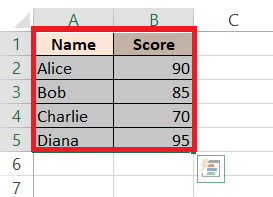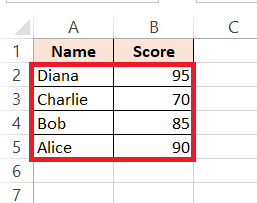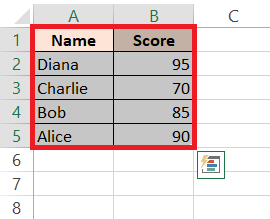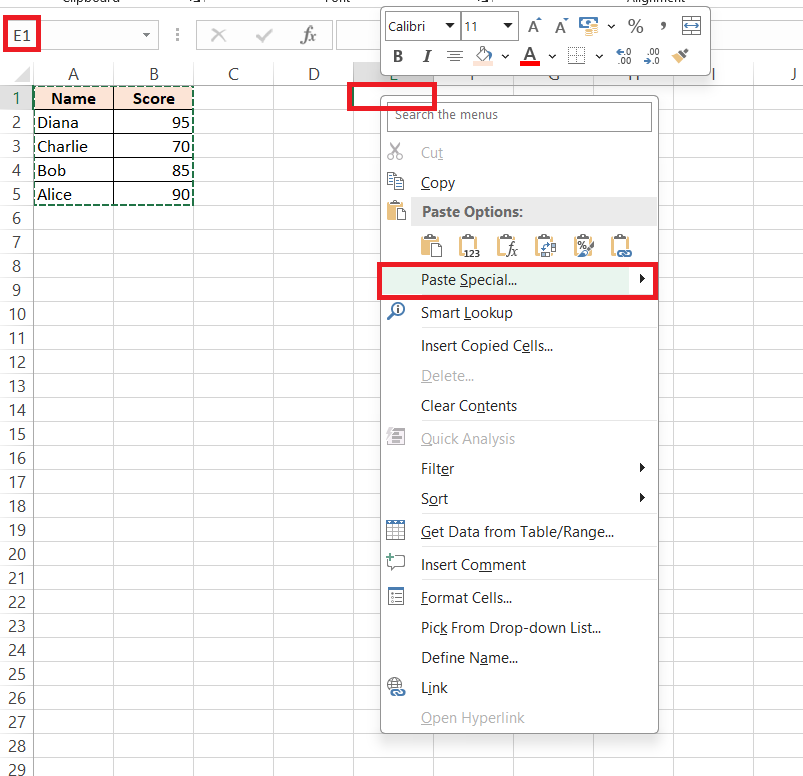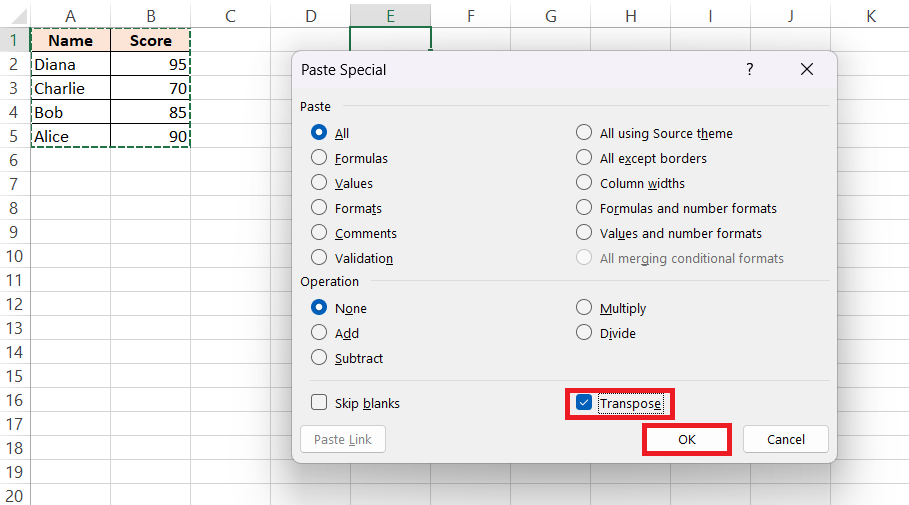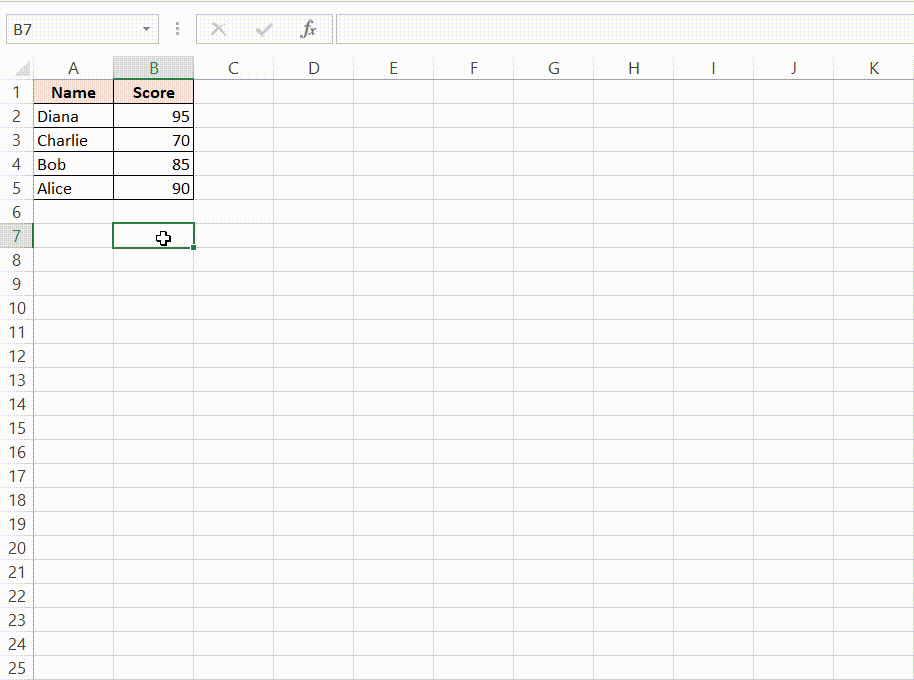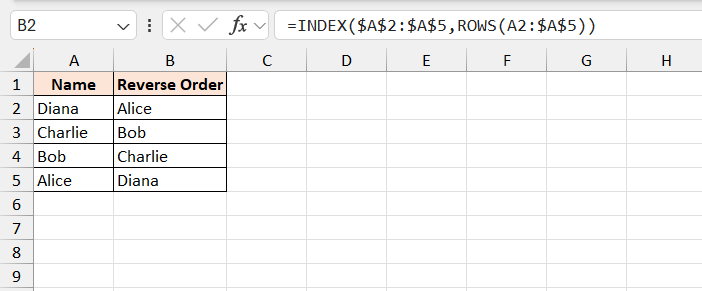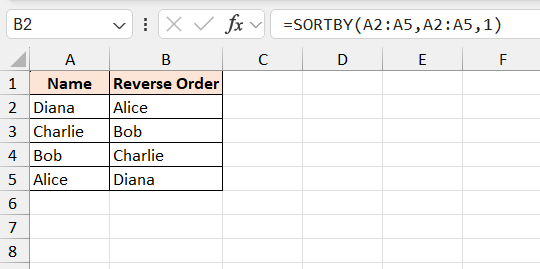Flip data in Microsoft Excel is a fundamental skill for anyone engaged in data analysis, be it in business, sports, or real estate. Well-organized data facilitates easier processing and analysis, leading to more informed decisions. However, the process can be challenging due to potential issues with maintaining data integrity, such as disrupted formulas and formatting.
Key Takeaways:
- Neatly arranged data in Excel simplifies processing and analysis, leading to better decision-making across various fields.
- Reorganizing data can risk disrupting formulas, cell references, and formatting, requiring careful handling to maintain data integrity.
- Tools like the ‘Sort’ button and ‘Paste Special’ with Transpose are essential for quick and effective data rearrangement.
- Utilizing the TRANSPOSE function and dynamic arrays in Microsoft 365 allows for elegant and efficient data transformation.
- Functions like INDEX paired with ROWS, and the SORTBY function in Microsoft 365, provide powerful methods for custom data arrangements and efficient sorting.
Table of Contents
Introduction to Flip Data in Excel
The Need for Reorganizing Data
Whether you’re diving into the depths of data analysis in business, sports, or even real estate, the importance of neatly arranged data can’t be overstated. Think of Excel as your data’s best friend, where flipping rows and columns isn’t just a neat trick—it’s a necessity for clarity and insight.
After all, when data is organized well, it’s easier for you to process and analyze, leading to more informed decisions and smarter outcomes. Imagine you’re piecing together a data puzzle, and Excel is there to help you fit everything perfectly.
Challenges in Maintaining Data Integrity
Flipping data in Excel might seem straightforward, but beware—the path is fraught with potential pitfalls. When you flip data, you risk scattering formulas to the wind, inadvertently tossing cell references into disarray, and jumbling your carefully applied formatting.
It’s like a game of musical chairs; when the music stops, your data might find itself in a spot it shouldn’t be. Diligence is key, as ensuring the integrity of your data post-flip is paramount to your analyses and reports. Remember, the goal is to reorganize without losing the essence of what your data is telling you.
Methodologies for Flipping Excel Data Horizontally
Using Standard Excel Functions
Navigating through Excel’s treasure trove of functions can lead you to some pretty handy tools for data flipping. For a quick flip, they’ve got you covered with simple yet effective features. You don’t need to be a wizard; just use the ‘Sort’ button to reverse the order.
STEP 1: Select the data range.
STEP 2: Go to the “Data” tab and click the “Sort” button. Then, choose “Sort Z to A” to reverse the order.
RESULT:
Want to switch rows and columns efficiently? The ‘Paste Special‘ dialog comes with a Transpose option that makes this task a breeze. These functions are the Swiss Army knives of Excel—designed to keep your data hustle hassle-free.
STEP 1: Select the data range and copy it (Ctrl+C).
STEP 2: Right-click on the target cell and select “Paste Special”.
STEP 3: Check the “Transpose” box and click “OK”.
RESULT:
Implementing TRANSPOSE Formula
For those who are ready to step outside the standard toolset, Excel offers a spellbook of advanced formulas ready to dynamically flip your data with flair. Embrace the power of the TRANSPOSE function for an elegant data dance, transforming columns to rows, and vice versa, without skipping a beat.
If you’re using Microsoft 365, this becomes a seamless act with dynamic arrays—just type =TRANSPOSE(range) and watch the magic happen. For other versions, remember the classic Ctrl+Shift+Enter ritual to solidify your array formula incantation.
Utilizing the INDEX Function for Custom Arrangements
For custom data arrangements that seem like a stretch, the INDEX function is akin to your friendly neighborhood contortionist. It’s surprisingly flexible, bending your data into new shapes you didn’t think were possible. By pairing it with the ROWS function, you can flip data upside down with the kind of elegance that leaves even the most seasoned Excel users in awe.
Set up a formula once, drag it down, and watch as the INDEX function reveals your data in reverse order—no sleight of hand needed, just a simple drag and the show begins.
Use INDEX($A$2:$A$5, ROWS(A2:$A$5)) to reverse rows dynamically.
Mastering the SORTBY Function in Microsoft 365
Prepare to have your data-doing deeds dazzled by the sleek SORTBY function, a new arrow in Microsoft 365’s quiver. This gem allows you to gracefully reverse the order of your columns or tables with just a few clicks.
- Streamlines the process of inverting data order without the need for a helper column.
- Efficiently sorts an array based on the corresponding values in another array.
- Dynamic nature eliminates the need for manual updates when data range changes.
- Available exclusively to Microsoft 365 users, adding value to their subscription.
FAQ: Mastering Data Manipulation in Excel
Is there a way to flip the order of data in Excel?
Absolutely! Flipping data is totally doable in Excel. You can use simple methods like SORT and PAST SPECIAL with TRANSPOSE or craft sophisticated formulas like INDEX and MATCH to invert data vertically or horizontally. Don’t shy away from exploring VBA Macros for more complex or repetitive flipping tasks—they can be tremendous time-savers.
How do you reverse the order of data in a table horizontally in rows?
To reverse data horizontally, employ the ‘Sort’ feature sideways. First, craft a helper row containing sequential numbers. Then, select your dataset along with this helper, click ‘Data’ tab, hit ‘Sort’, punch the ‘Options’ button and opt for ‘Sort left to right’. Tada! Your table’s got a fresh look, with rows neatly flipped.
What is Excel transpose?
Excel Transpose is the wizardry that flips the data’s layout; changing columns to rows, or rows to columns. This shape-shifting charm works via ‘Paste Special’ or the TRANSPOSE function. It’s handy for reshaping data, making it compatible with new tables, or just viewing it from a different dimension.
How can I flip a single column without affecting others?
To flip a single column without disturbing neighboring data, you can use the INDEX function alongside a descending array of row numbers. This way, you create a mirror image of the column, preserving the solitude of your data’s surroundings like a meticulous librarian ensuring each book remains in its rightful spot.
Is there a way to flip data while preserving conditional formatting?
Yes, you can keep your conditional formatting intact while flipping data. Use the ‘Paste Special’ dialogue box to transplant your data, and choose ‘Formats’ to secure the conditional rules just as they were, ensuring your data’s fashion sense remains unaltered by the flip.
John Michaloudis is a former accountant and finance analyst at General Electric, a Microsoft MVP since 2020, an Amazon #1 bestselling author of 4 Microsoft Excel books and teacher of Microsoft Excel & Office over at his flagship MyExcelOnline Academy Online Course.

